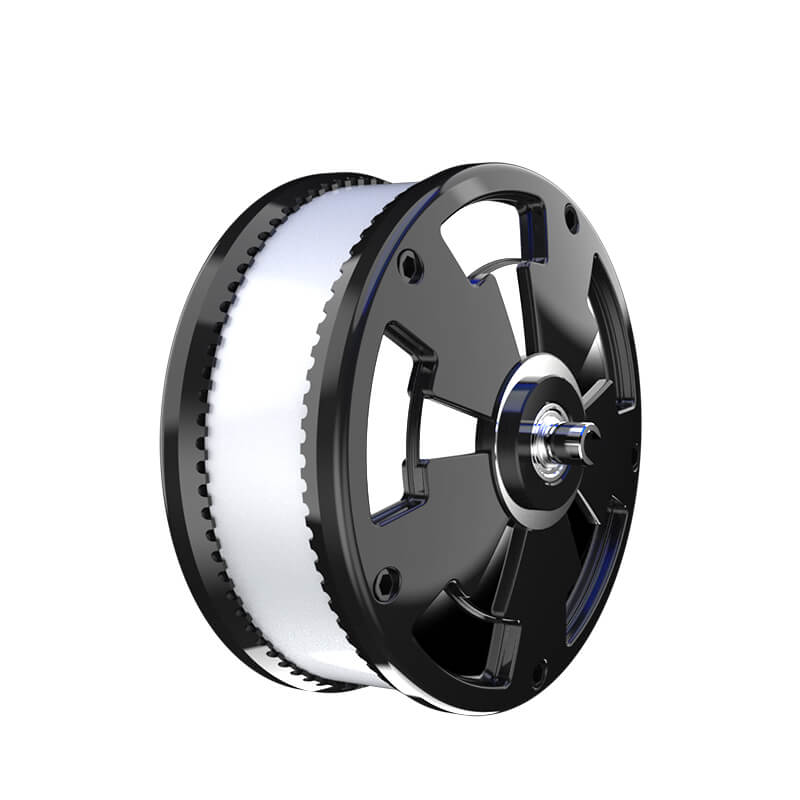part 1:
Unleashing the Power of the SG90 Servo Motor with Arduino
In the world of electronics and robotics, the quest for affordable, user-friendly components that enable creativity and learning is never-ending. Among these, the SG90 servo motor has become a cornerstone for enthusiasts, educators, and inventors alike—a tiny device capable of big things. When paired with an Arduino microcontroller, this diminutive actuation powerhouse opens up worlds of possibility, transforming abstract ideas into tangible, moving reality.

What Is an SG90 Servo Motor?
The SG90 servo motor is a micro servo—small, lightweight, and surprisingly powerful for its size. It measures approximately 23mm x 12mm x 29mm, making it ideal for projects with space constraints. Despite its compact stature, it boasts a decent torque, typically around 1.8 kg/cm (at 4.8V), and can rotate approximately 0 to 180 degrees, allowing for precise angular control.
Its construction is straightforward: a small DC motor, controlled through a gear train, and an embedded potentiometer for position feedback. The servo's internal circuitry interprets PWM (pulse width modulation) signals to determine the position of its shaft, making it exceptionally easy to control with an Arduino.
The Role of Arduino in Servo Projects
Arduino, the open-source microcontroller platform, is renowned for its accessible programming environment and extensive community support. It provides an ideal brain for robotics projects, capable of reading sensors, driving motors, and executing complex algorithms—all with just a handful of pins and straightforward code.
When combined with the SG90 servo motor, Arduino serves as a control hub, translating digital signals into physical movements. This synergy creates endless opportunities whether you're building a robotic arm, a camera gimbal, or an automated door—each project governed by precisely timed PWM signals generated by the Arduino.
Getting Started: Parts and Tools Needed
Before diving into coding and assembly, gather your essentials:
Arduino Uno or compatible microcontroller SG90 servo motor Breadboard and jumper wires Power supply (e.g., via Arduino or separate battery pack) Resistors (if needed for signal conditioning) Optional: potentiometers, sensors, or additional actuators for more complex projects
Connecting the SG90 to Arduino
Connecting your servo motor is simple:
Power: Connect the red wire to the 5V pin on Arduino (ensure your power source matches the servo’s voltage specifications). Ground: Connect the black or brown wire to GND. Signal: Connect the yellow or white control wire to a PWM-enabled digital pin, such as pin 9.
It’s advisable to use an external power source for the servo when controlling multiple units to prevent overloading the Arduino’s power regulator. Also, ensure common ground between the Arduino and power source.
Programming the Servo with Arduino IDE
The Arduino IDE simplifies controlling servos with the built-in Servo.h library. Here’s a quick overview:
#include Servo myServo; // create servo object void setup() { myServo.attach(9); // attach servo control to pin 9 } void loop() { myServo.write(0); // move to 0 degrees delay(1000); // wait for a second myServo.write(90); // move to 90 degrees delay(1000); myServo.write(180); // move to 180 degrees delay(1000); }
This simple script moves the servo to different angles at one-second intervals. You can experiment with different angles or integrate sensor inputs to create responsive projects.
Control Techniques and PWM Signals
The core of servo control lies in PWM signals, where the width of the pulse corresponds to a specific angle:
1 ms pulse for 0° 1.5 ms pulse for 90° 2 ms pulse for 180°
Arduino’s Servo.h library abstracts this detail, allowing you to set angles directly. For more advanced control, you might generate your own PWM signals or synchronize multiple servos for complex movements.
Common Applications of the SG90 and Arduino Combo
Some inspiring projects you might consider:
Robotic Arm: Use multiple servos to create a multi-jointed arm capable of picking and placing objects. Camera Gimbal: Stabilize a camera by controlling pan and tilt using two or more servos. Automated Door or Gate: Trigger opening and closing based on sensor inputs. Animatronics or Art Installations: Animate sculptures or display mechanisms with synchronized movements.
Initial Troubleshooting Tips
Make sure the servo’s power supply provides enough current—full-size servos require more power than Arduino pins can supply. Confirm signal connections, ensuring the signal wire is on the correct pin and matches your code. Beware of ‘jittery’ movement—this can be caused by noise in your power supply or weak signals. Using a dedicated power source often helps. If the servo doesn’t move, check your code, wiring, and ensure the library is correctly included and uploaded.
Why Choose the SG90?
The SG90’s affordability, availability, and straightforward interface make it a preferred choice for beginners and pros alike. Many hobbyist kits utilize this servo as a starting point because it offers:
Compatibility with most microcontroller platforms Ease of use for simple projects Adequate torque for small to medium-sized applications A wide community that shares tutorials, troubleshooting tips, and project ideas
Stay tuned for part two, where we’ll delve deeper into advanced control techniques, real-world project examples, troubleshooting complex issues, and tips for scaling up your creations with multiple servos and sensors. The world of Arduino and SG90 thrives on experimentation—so get ready to bring your ideas to life.
Leveraging innovations in modular drive technology, Kpower integrates high-performance motors, precision reducers, and multi-protocol control systems to provide efficient and customized smart drive system solutions.




































